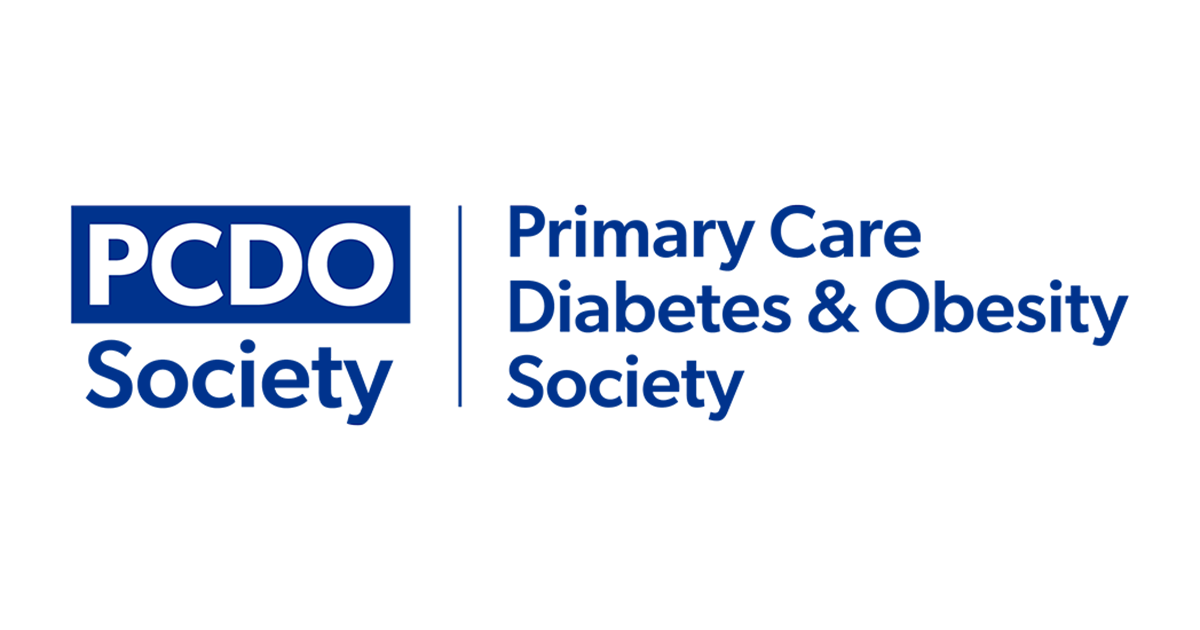In his editorial “Overlooking the evidence? Changes to QOF targets for 2009”, Dr Hadley-Brown rightly challenges the new HbA1c Quality and Outcomes Framework (QOF) target of <7% for 50% of our patients with diabetes, highlighting potential negative effects of indiscriminate attempts to achieve tight glycaemic control (Hadley-Brown, 2008). However, most of us are easily achieving current targets, so perhaps it is time to challenge our patients and ourselves a little more, and to find small, incremental ways to improve care. This kaizen-type approach may help us retain QOF points without endangering people with diabetes. Here are a few suggestions for areas we may choose to explore. I look forward to hearing others’ strategies.
Firstly, it could be valuable to undertake an early review of current HbA1c values, and identify strategies to work towards the new targets. This may involve exchanging annual appointments with more frequent reviews to help some people improve their glycaemic control. Agreeing on the frail, elderly or those with major co-morbidities, where tight control may be unsafe, can avoid putting them at risk. Changing service delivery patterns has an impact on the whole team, so involving everyone from the start makes sense.
Secondly, explore ways to actively seek out people with undiagnosed diabetes, as recommended by the national cardiovascular risk assessment of people aged between 40 and 75 years (Department of Health [DH], 2008). The benefits of the “legacy effect” from good glycaemic control early in the course of diabetes seen in the UKPDS (UK Prospective Diabetes Study) follow-up study (Holman et al, 2008) as discussed by Dr Hadley-Brown, support early diagnosis of diabetes, since this minimises the duration of uncontrolled hyperglycaemia.
A side-effect of identifying and diagnosing people with diabetes earlier is that many of them will have relatively good glycaemic control at diagnosis, and add effortlessly to the target group with HbA1c <7%. We need to keep reminding people with risk factors who have a negative glucose tolerance test that they remain at high risk of developing diabetes, and promote the benefits of lifestyle change (Goyder, 2003).
Thirdly, there is robust evidence for the safety and efficacy of exercise for improving glycaemic control (Thomas et al, 2006), so it is worth identifying time-efficient ways to incorporate it into care plans. Using a stages of change questionnaire to identify people ready to undertake lifestyle changes, allows targeting of exercise and lifestyle advice to people who are most likely to take action. (One such questionnaire is available at http://www.vermontfitness.org/pdf/stagesofchange.pdf.)
Exercise on referral schemes offer a safe way to learn to use a gym, or begin other types of physical activity. Pedometers are cheap and really do motivate people to increase activity levels, improve BMI and reduce blood pressure (Bravata et al, 2007).
Fourthly, every practice has people who would benefit from initiating insulin therapy. The new QOF targets may encourage us to initiate insulin therapy in people with diabetes, rather than continuing with oral therapies and lifestyle changes alone. On the other hand, motivating poorly controlled younger people with type 2 diabetes to make lifestyle changes can be as beneficial as insulin therapy, in terms of glycaemic control, with the advantage of weight loss rather than gain (Aas et al, 2005).
Fifthly, hopefully the new targets will encourage primary care teams to learn more about newer therapies for diabetes (these will be covered in the next issue of Diabetes & Primary Care as part of the PCDS continuing professional development programme) and gain confidence using them to improve glycaemic control.
I share Dr Hadley-Brown’s concern about the stringent new targets. However, if we use the targets as a stimulus to identify undiagnosed diabetes, review levels of support, learn to use newer therapies effectively, initiate insulin in the appropriate people and improve our use of lifestyle prescriptions, whether we meet the new QOF targets or not, we will certainly improve care.





Seeing rising numbers of people with private prescriptions for injectable weight loss drugs, Jane Diggle discusses how to maximise their benefits.
3 Mar 2025